less_confused
Rough_Rock
- Joined
- Jul 13, 2009
- Messages
- 72
Is an Ideal cut a function of the gem cutter or the stone?
The reason I ask is that Ideal cut stones clearly get a price premium. More effort, of course, but higher return.
Shouldn''t we see the Ideal cut become more common in the near future?
The reason I ask is that Ideal cut stones clearly get a price premium. More effort, of course, but higher return.
Shouldn''t we see the Ideal cut become more common in the near future?


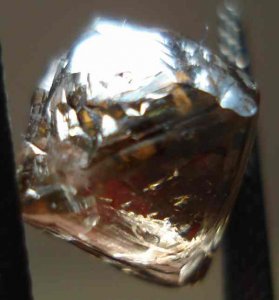
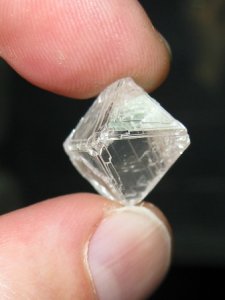

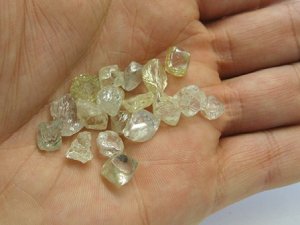
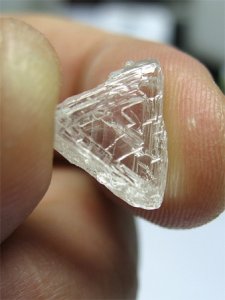


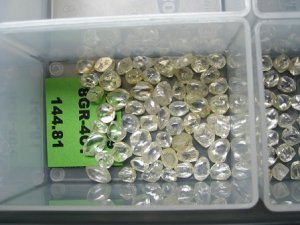




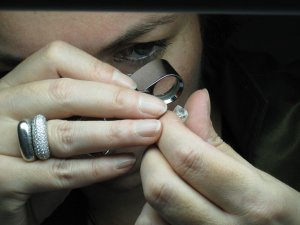

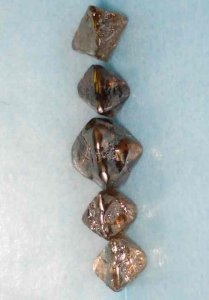



300x240.png)